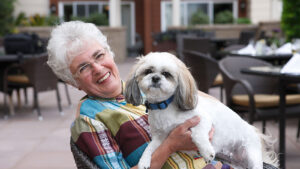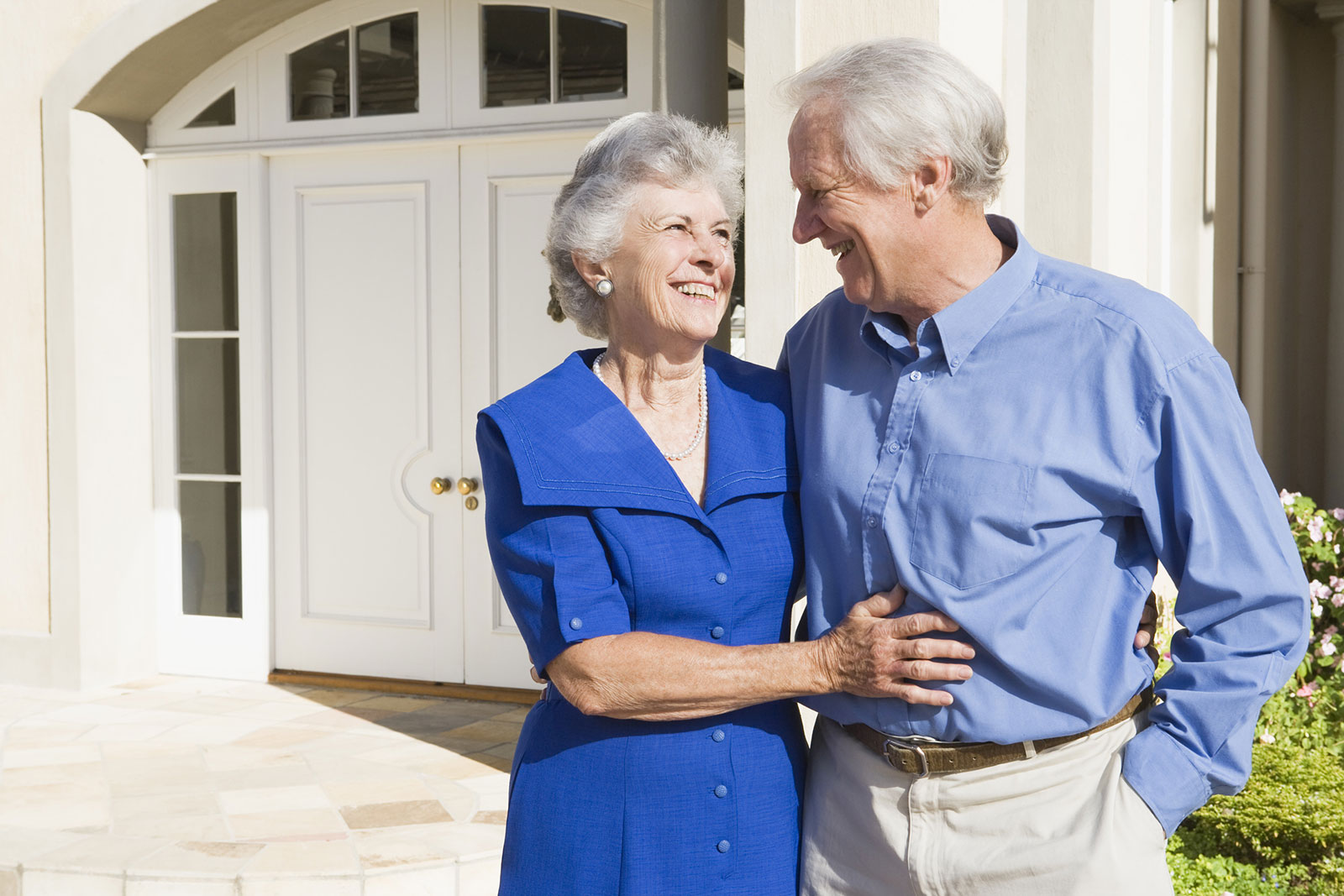Silver Spaces is an online home safety assessment tool with a lot of research behind it. It works by taking you through each of your rooms, have you answer questions, and get educated along the way. For this month’s Specialist Spotlight on Aging in Place, Dr. Jill Bjerke joins Suzanne to talk about the benefits of Silver Spaces.
Only 25% of people who suffer from a broken hip are able to return home after they recover. The biggest injury that older adults incur comes from trips and falls, and they are preventable. A $39.95 assessment at Silver Spaces (silverspaces.com) could mean the difference between a good quality of life and living in a senior living community.
Dr. Jill says, “I’ve been in the senior services realm for 18 years. I own a downsizing company; I had so many people tell me they wish they didn’t have to move that. I spent about nine years researching and creating this electronic product, which is an electronic home safety assessment. I talked to gerontologists, researchers, city planners, interior designers, just about anybody you can think of, to try and come up with a content for their safety assessment. I was trying to cover as many bases as I could. So a lot of research and a lot of work went into creating this. It’s SilverSpaces.com and it explains what it is and how to use it. The whole purpose is to go from whatever room — there’s 18 rooms and places you can assess in the house, you can pick which ones you want to do. You just answer the questions, and you get educated as you go along, because you don’t realize that some of those could have been risk places or safety issues. For example, ‘I have a smoke alarm. I can hear it.’ If you have someone with hearing aids, can they hear it when they don’t have their hearing aids in?
“When you sign up, it will ask you questions about your community, because a lot of people don’t think about how their community may have changed. It may no longer be safe, and then [it] asks general home questions. Do you have a second bedroom for a caregiver? Do you have a second bathroom? Do you have a lot of stairs? Do you have zero thresholds, meaning flat thresholds, are your doorways wide enough for a wheelchair or walker? And then it goes into every single room you can possibly think of. You can pick the room you want to do, and the questions are right there. You just answer them. Do you have sharp countertop edges in your kitchen? Why is that important if you fall? That’s an immediate possibility for a traumatic brain injury. So all of these different kinds of questions that people usually do not think about. And when you’re done, you submit it. And what comes back is either a PDF or a printable version, so that you can have it in your hand. You can send it to a doctor, or a modification professional, or a relative. You can take it to a modification professional and get bids on whatever you think you need to change. So it’s a very very usable product.”
Dr. Jill adds, “We do the exterior. Not in detail, but we ask things like, do you have a tree that drops berries on your concrete? That’s a slip and fall hazard. Do you have grass that grows over the edges of your sidewalk? That’s a slip and fall hazard. Do you have landscaping that takes a lot of maintenance? That’s an issue. Do you have an overhang where at the door that you come in and out of, because you need protection from the elements. That’s slippery. Do you have a non-slip surface when you step outside?
“We ask as many questions as we can. But the problem is, if we ask all the questions — I have 300 of them — it would take you a couple of hours to do. So we had to be very selective, and ask the most important questions, which is why I had so many people work on this with me.”
Learn more at silverspaces.com. Hear more podcasts about Silver Spaces with Dr. Jill Bjerke.
Answers for Elders is part of the Senior Resource Network. Check out our affiliate podcast Alzheimer’s Speaks.















